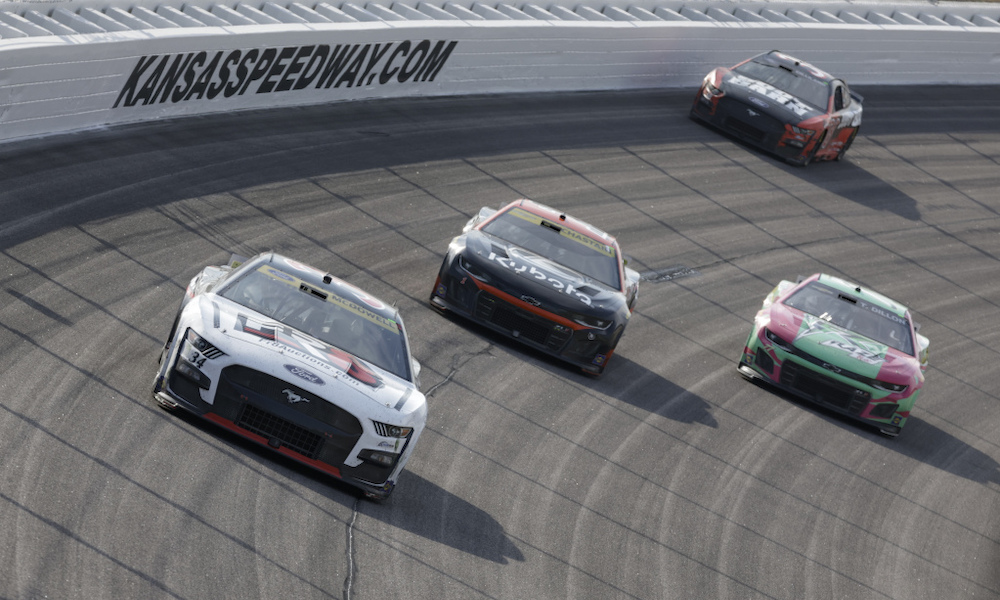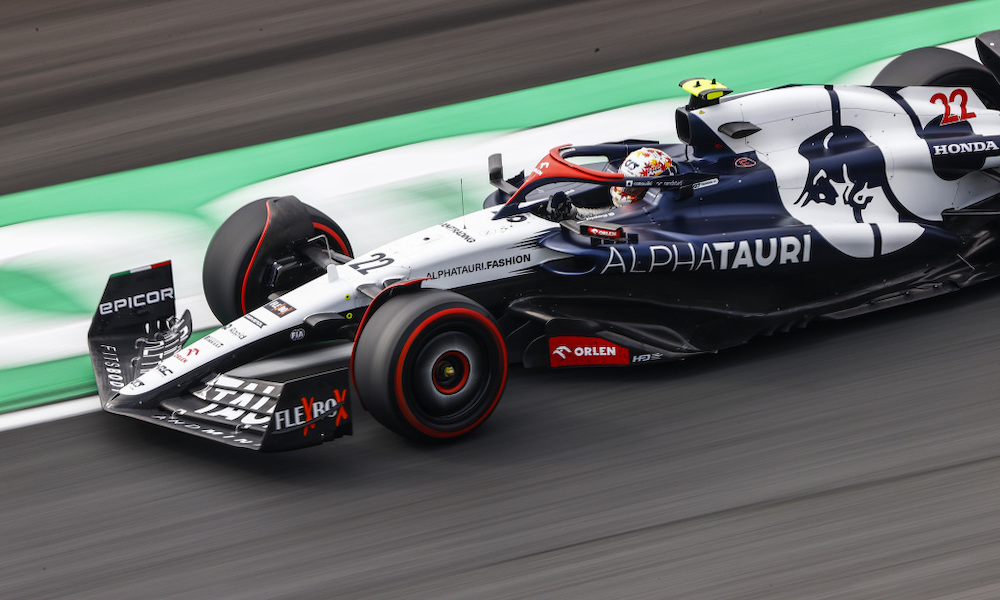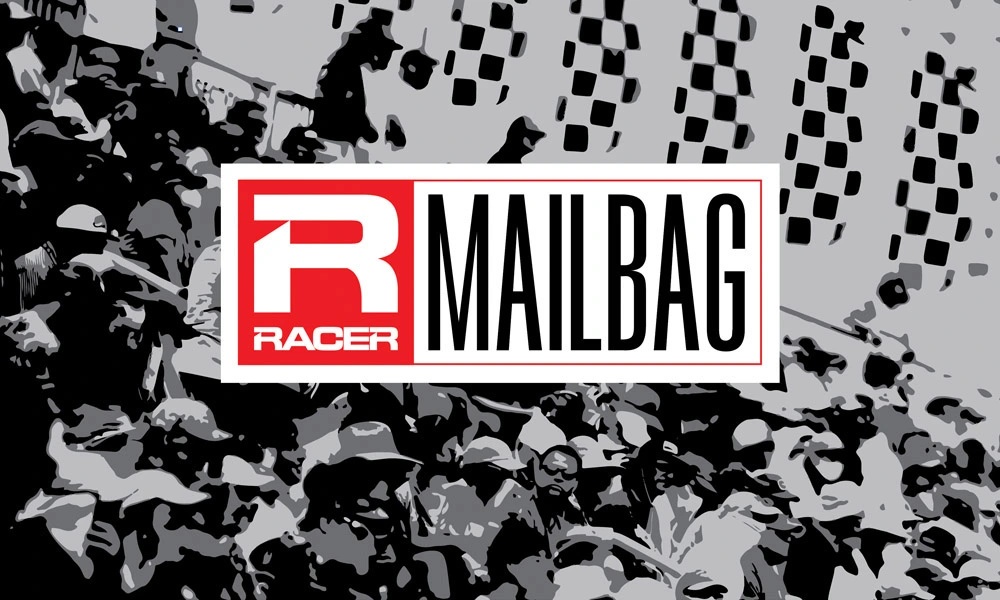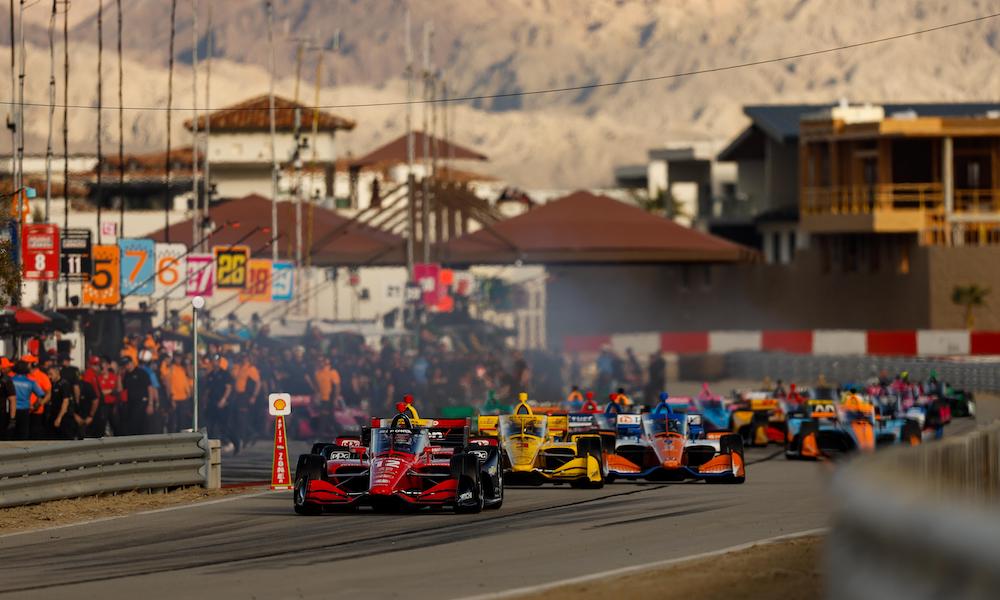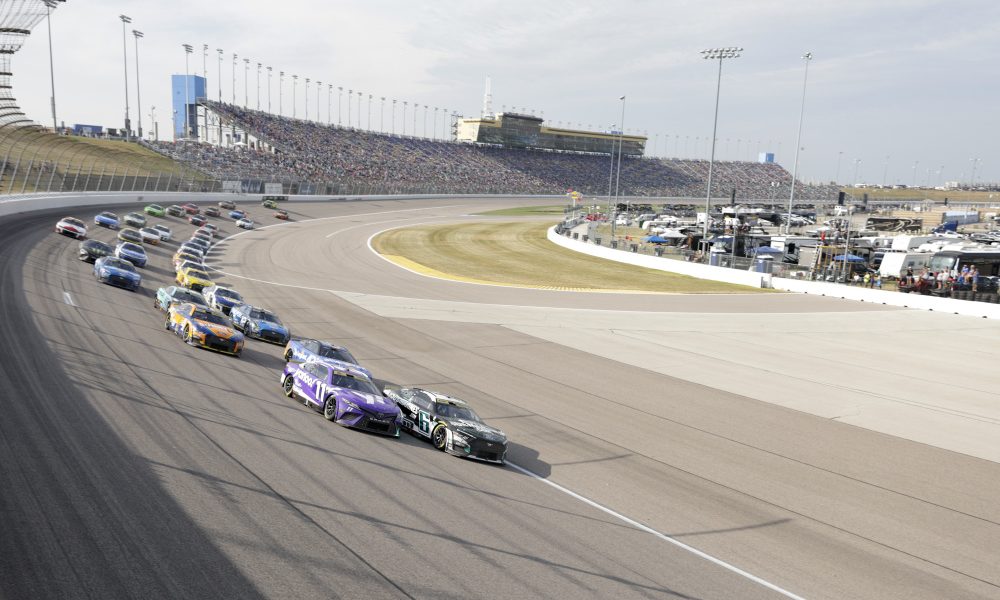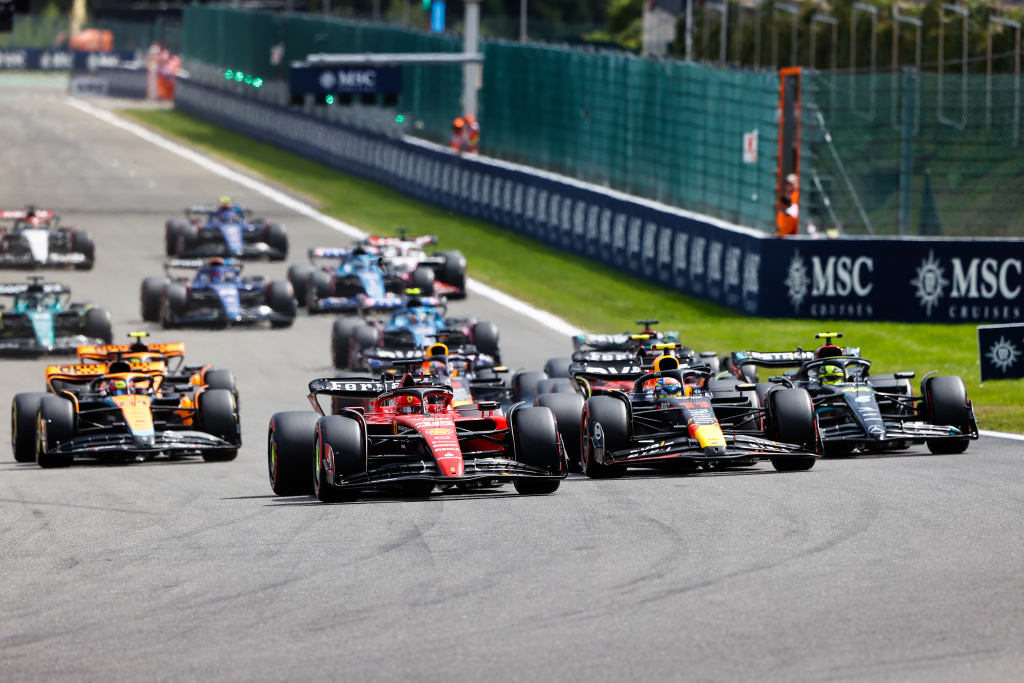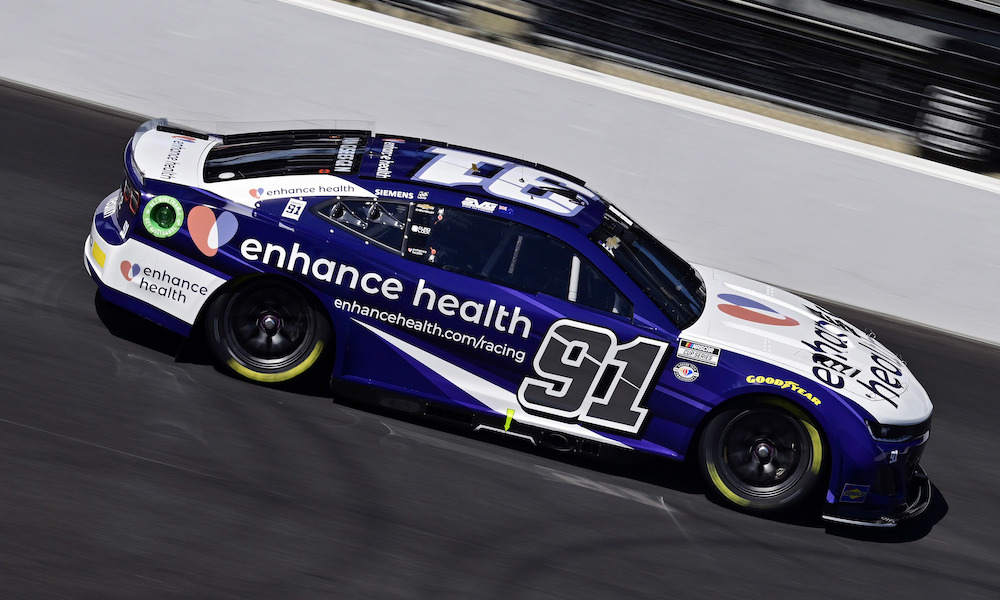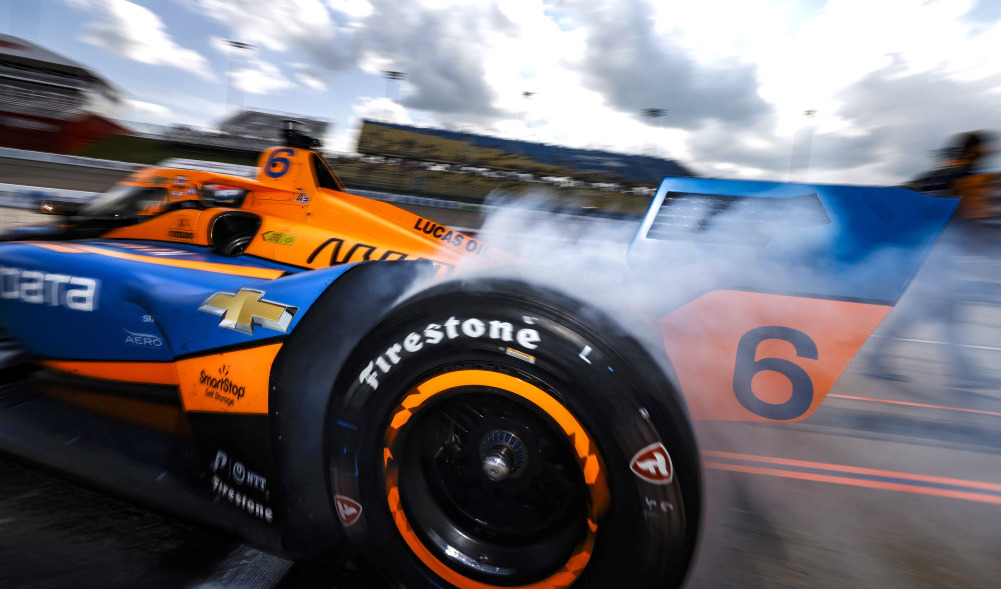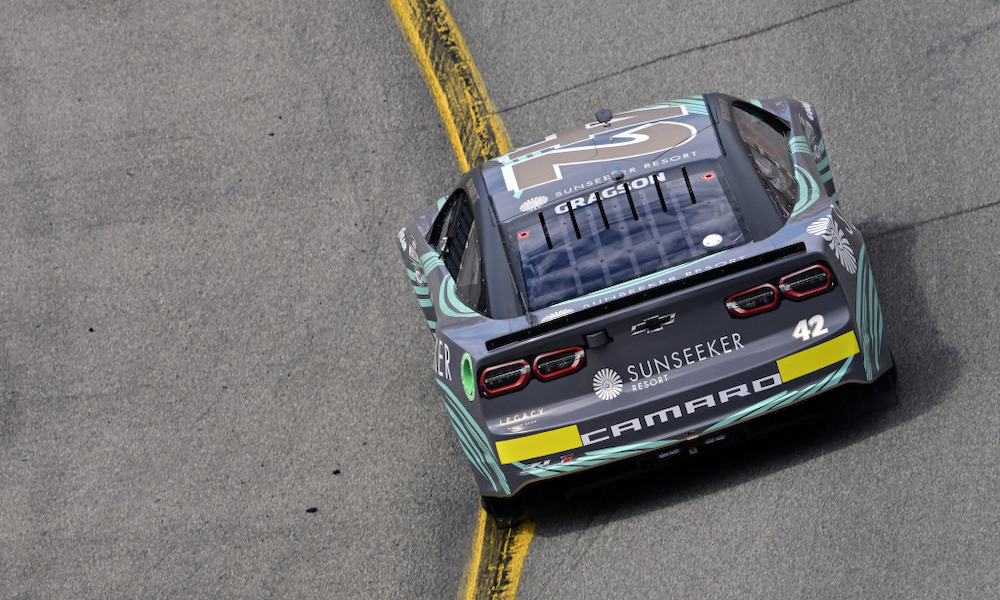Motivation is a powerful force in all aspects of life. It is what fuels racing drivers: the motivation of being first, of earning fame for both yourself and your team, of enjoying the triumph of victory over the other competitors or their own self-doubts. Motivation can get drivers through tough losses, mechanical setbacks, and plain old bad luck. A driver that loses the edge that motivation gives will not be able to compete at the same level as their peers, and unless they rediscover what motivates them, their future in motorsports may come into question.
This is a story of motivation and motorsports, but from the perspective of a fan rather than that of a driver. It is a story of my best friend, Jack Scott. Jack and I have been friends for almost 15 years, since we met at high school in the Chicago suburb of Geneva. Jack and I were very similar in our interests: we loved computers and gaming, we enjoyed board games, and we were both a part of a local soccer club. We also shared an interest in motorsports and would spend many afternoons and evenings watching whatever form of racing happened to be on at the time. Like any good friendship we had our differences, and this really came through when we watched the races. Jack wanted to be an engineer and would focus on the design and mechanics of the various cars, while I, with an interest in the humanities, focused more on the stories and dramas that played out throughout the course of the race.
In late May of 2023, Jack’s life changed forever. At the time he had a job at one of the trainyards in Kansas City, where he would help load and unload cargo from the numerous trains that passed through. It was while working this job that Jack suffered a catastrophic accident that resulted in compound fractures in both of his feet. At first doctors told him that he might at worst lose a couple of toes, and at best he would leave the hospital with only the threat of arthritis in the future. However, his condition worsened as his right foot became infected, then gangrenous. Doctors had no choice but to remove Jack’s leg from the middle of the thigh down.
As one can imagine, the whole ordeal was incredibly difficult for him. He had local friends and family helping, and once he had his computer, we were able to communicate too. I would talk to him almost daily during this time from where I now live in California, and through our conversations it became apparent that what Jack needed was motivation: something to look forward to; something exciting and positive rather than appointments and medical examinations – a light at the end of the tunnel that he could strive towards to get him through the challenges he was going to face. Remembering our shared past with motorsports, I suggested we start watching NASCAR together, using our PCs and the internet to host watch parties.

NASCAR proved to be perfect. Thanks to the frequency of races, Jack had something to look forward to every week throughout his recovery. We would watch whatever NASCAR race was on, whether it was the Cup Series, the Xfinity Series or the Truck Series, and spend hours discussing the events, tactics, and strategies of the various teams and drivers.
Throughout June, July, and August Jack’s condition steadily improved, and in the middle of August he received his first prosthetic. This did not mean he could walk however, as it takes a long time to properly fit the prosthetic to the leg, and for the leg to fit to the prosthetic. It was during this period that Jack’s parents reached out to me. After three months of caring for their son, they had to leave for two weeks to take care of personal matters and asked if I could fly out to Kansas City and help Jack with whatever he needed. I agreed and began thinking about what I could do to get Jack out of the house. I soon realized that I will be in Kansas City the same weekend as the Hollywood Casino 400. Perfect! Jack had never been to a NASCAR race before, and when I presented the idea to him he was ecstatic. Once again NASCAR became a motivation for Jack as he worked to prepare himself for the race.
Meanwhile, I wanted to make the race extra special for Jack. After all he went through, he needed a big win. I reached out to the contacts I have in the world of motorsports to see if anyone was able to help. I received a response from John Doonan, president of IMSA, whom I had met at a previous IMSA race and had developed a relationship with. Doonan was eager to help, and thanks to his kindness and position within the NASCAR organization, we secured pit and garage passes for the race. The effect on Jack’s recovery was visible. He began to work harder at his physical therapy and pushed himself to complete challenges like walking with cane and climbing stairs. At first, he doubted his ability to complete these challenges, but the motivation of the race enabled him to overcome his concerns.
It was now race weekend, and all the anticipation and efforts would come to a head. We went to the track on Saturday early to explore the pits and garages and to get ready for the Xfinity race that afternoon. While the access to the stadium proved easy enough for Jack, access to the infield proved less so. He had to climb down eight flights of stairs – more than any he faced during his physical therapy. However, motivated by his love of NASCAR and his desire to see the action in the pits, Jack bravely confronted and conquered this challenge.

The payoff was well worth it, with Jack enjoying the opportunity to see the sport up close in a way that’s not possible on TV. When we returned, he realized that despite the stairs, the long walks, and the extended standings, he experienced almost no pain from his prosthetic.
Come Sunday, we were back at the track, this time sitting in row one seats, where once again Jack had an enjoyable and exciting day at the races. Once again, no complaints about pain from the prosthetic or from all the walking and stairs.
While the racing in both the Xfinity and Cup series were spectacular, that was not the only thing Jack talked about following the race weekend. He repeatedly commented on just how surprised he was at his mobility and lack of pain from the prosthetic, and how he would have never attempted the distances he walked or the stairs he climbed if he didn’t have the NASCAR races to motivate him.
Thanks to the kindness of IMSA’s John Doonan, and his colleagues at NASCAR, Jack is looking at his recovery in a whole new light, and seeks to become completely proficient with his prosthetic by the end of September. When asked what challenge he wishes to overcome next, his answer is, perhaps unsurprisingly, “driving!”.
